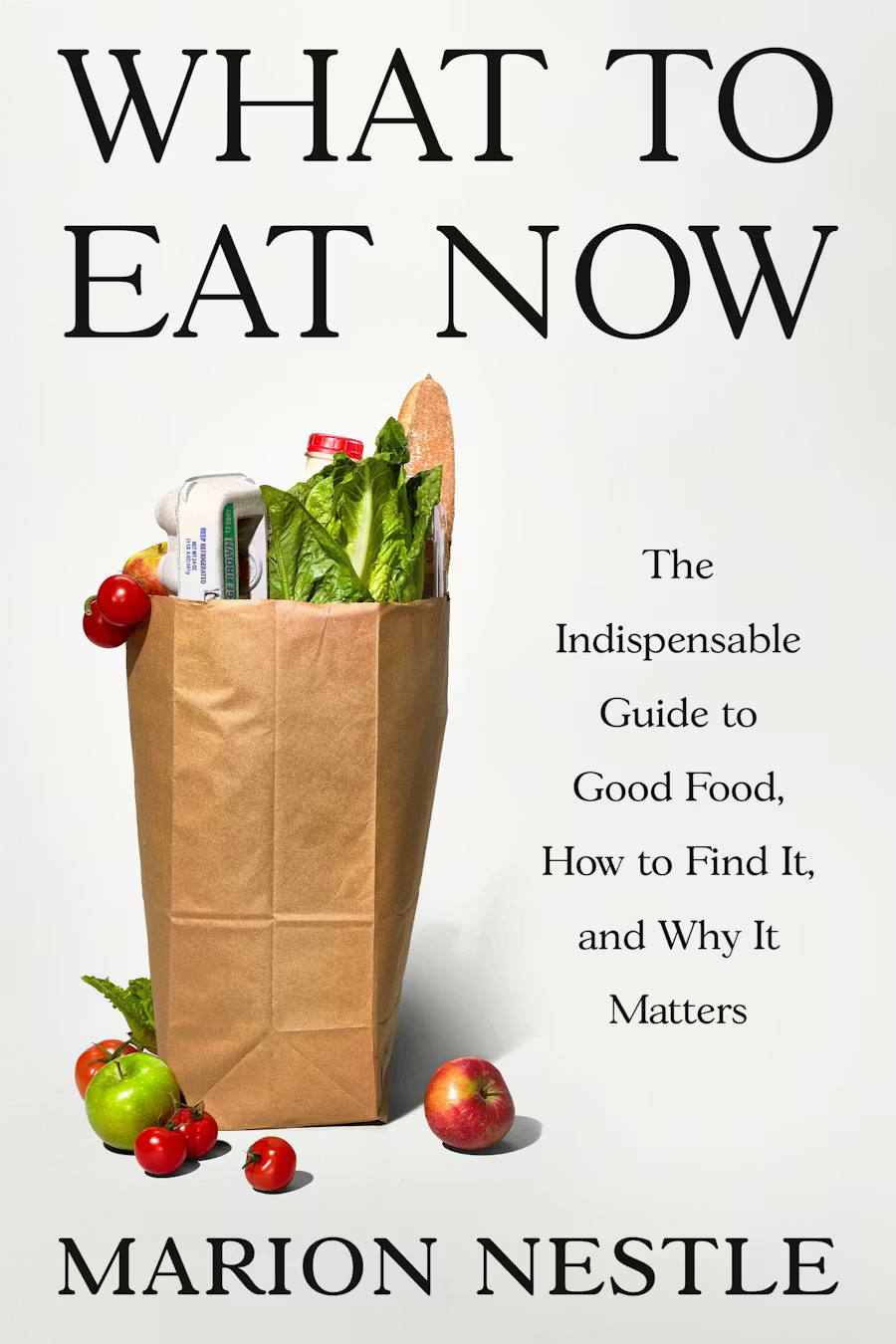The “food establishment” emerged alongside the development of counterculture cuisine—the rejection of processed foods in favor of wholesome, organic ingredients—which developed within the antiwar movement of the 1960s and with the publication of Frances Moore Lappé’s Diet for a Small Planet in 1971. In that book, Lappé examined data around land use to show that dependence on meat in the affluent West helped drive worldwide hunger by creating a “protein factory in reverse,” using global farmland to grow grain that feeds livestock rather than people. That same year, Alice Waters opened her revolutionary restaurant, Chez Panisse; her approach to food demonstrated how these counterculture influences could come to the table through the use of local, seasonal ingredients. Here was a foodie framework insisting that pleasure and politics were inseparable—that you couldn’t celebrate the dish without understanding the system that produced it.
Ephron didn’t have the word foodie while she was writing, and neither did Alexander Cockburn when he wrote “Gastro-Porn” for The New York Review of Books in 1977. Yet both essays signaled its imminent invention: something was brewing around gastronomy that was different than Child’s studied Francophile nature of gourmandism or the Jell-O-entranced housewives of the 1950s—something marked by an interest in the high and lowbrow alike, by what philosopher Lisa Heldke called “food adventuring.” It was and continues to be exemplified by an eagerness to consume the “best” in food, whether that means going to a hole-in-the-wall if it serves the best Thai food in town, dining at a three-Michelin-star restaurant under the helm of a chef trained by Paul Bocuse in Lyon, or teaching yourself the art of soufflé at home. (This approach later met its flesh-and-blood incarnation in Bourdain.)
In the early 1980s, foodie made its print debut in Harper’s & Queen magazine and then with the publication of The Official Foodie Handbook, by Paul Levy and Ann Barr, following other satirical handbooks for preppies and yuppies. (New York magazine’s Gael Greene is co-credited with coining the term.) Levy and Barr cheekily posited that the discerning foodie was invented to expand marketplace options: “The supermarket chains were selling all the ordinary food there were stomachs for; the food industry needed Foodies to create new tastes for others to follow.” The regular shopper could choose what kind of consumer they wanted to be: Pick up a can of Maxwell House, or grind and brew a rare-bean coffee (shelling out more money to adopt that persona)?
While the tone of this book is silly, the moniker was adopted with gusto. In 1984, Ruth Reichl, prior to her tenure as editor in chief of Gourmet, wrote for the Los Angeles Times of “restaurant junkies” called “Foodies” who rattled off a chef’s creds like sports fans recounting a player’s stats. In 1985, the Chicago Tribune covered “foodism” as a religion, with restaurants becoming sacred spaces.

